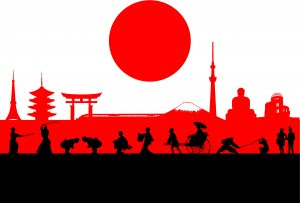
On September 21, 2016, the Bank of Japan complemented its Quantitative and Qualitative Easing with Yield Curve Control. The BOJ began targeting the 10-year yield at zero, allowing it to move around 10 basis points away. Â
It took the market a bit of time to adjust, but it did. In fact, the BOJ has been able to gradually reduce the amount of bond it is buying without the investors concluding it was tapering. Moreover, both in February and earlier this week, when the BOJ felt obligated to reinforce the yield cap by offering to buy an unlimited amount of 10-year JGBs at 11 bp, there no sellers. Of the four occasions, the BOJ has made this offer, it has only actually bought bonds once. Â
The US 10-year note was yielding near 1.70% and the 10-year German Bund yield was near zero. Nearly two years later, the US yield is near 2.95%, and the German yield is around 40 bp. Japan has managed to resist the rise in global yields. Â
BOJ officials had suggested that if the rise in global interest rates was spurred by stronger demand, and this demand would spillover to Japan, it would consider raising the 10-year target. However, Japan’s economy contracted in Q1 and appears to have firmed in Q2, leaving growth net-net flat in H1. It will be reported on August 9 in Tokyo. Today’s release of the preliminary July manufacturing PMI warns that Q3 is off to a slow and disappointing start. It fell to 51.6 from 53.0 and is the lowest since November 2016. Â
Progress toward its inflation target has stagnated. In June, headline CPI rose 0.7% year-over-year. The increase, however, reflects the rise in oil prices. Excluding fresh food prices, which is the rate the BOJ targets stands at 0.8%, unchanged over the past nine months. Excluding both fresh food and energy leaves Japan’s CPI at a lowly 0.2%. It has not been above 0.5% for two years. The nearly 8% pullback in oil prices so far this month does not bode well for the July print. Â

